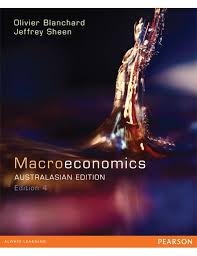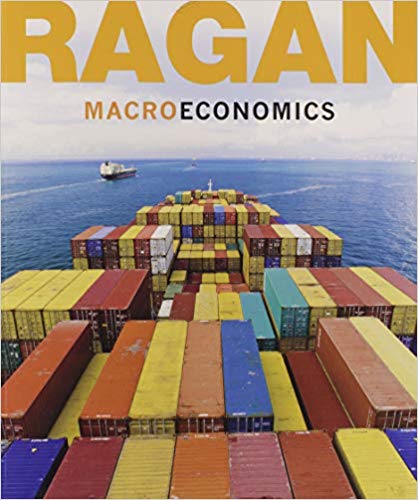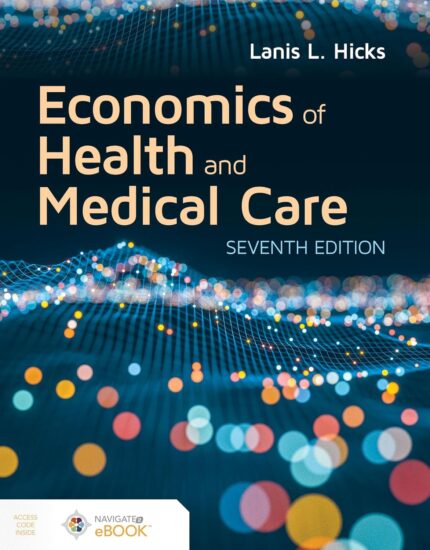Macroeconomics 4th Australian Edition by Olivier Blanchard – Test bank
Chapter 3
Exam Name___________________________________
MULTIPLE CHOICE. Choose the one alternative that best completes the statement or answers the question.
1) The goods market is in equilibrium when which of the following conditions is satisfied? 1)
A) Output equals consumption.
B) Total saving equals zero.
C) Output equals total saving plus investment.
D) Total saving equals investment. E) Consumption equals saving.
Answer: D Explanation: A)
B) C) D) E)
- 2) Suppose the propensity to consume equals 0.83. Given this information, which of the following 2) events will cause the largest decrease in output?
A) G decreases by 400. B) T increases by 400. C) I decreases by 250.
D) c0 decreases by 350. E) I increases by 250.
Answer: A Explanation: A)
B) C) D) E)
- 3) Suppose consumer confidence falls causing a decrease in consumption. From the goods market 3) model we know with certainty that a decrease in consumption will cause:
A) a reduction in the multiplier.
B) a decrease in the propensity to save. C) an increase in the multiplier.D) an increase in the propensity to save. E) a decrease in output.
Answer: E Explanation: A)
B) C) D) E)
1
4) Inventory investment is the difference between which two variables? 4)
A) Production and sales.
B) Production and income. C) Production and demand.
D) Export and import. E) Demand and sales.
Answer: A Explanation: A)
B) C) D) E)
- 5) Suppose, as unrealistic as this might be, that disposable income is zero for a country. Given this 5) information, we know that:
A) private saving is negative.
B) consumption must be zero.
C) the propensity to save must be zero.D) private saving must be zero.
E) private saving must be positive.Answer: A Explanation: A)
B) C) D) E)
- 6) For a closed economy, which of the following conditions must be satisfied for equilibrium to be 6)
maintained? A) X = IM.
Answer: C Explanation:
B) G = T.
C) Y = Z.
D) S = I.
E) X = Z.
7)
A) B) C) D) E)
7) When a closed economy is in equilibrium, we know with certainty that: A) G = T and S = I.
B) I = S + (G – T). C) I = S + (T – G). D) I = S + T.
E) I = S.
Answer: C Explanation: A)
B) C) D) E)
2














Reviews
There are no reviews yet.